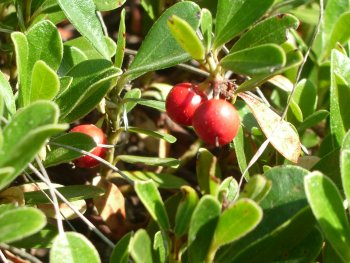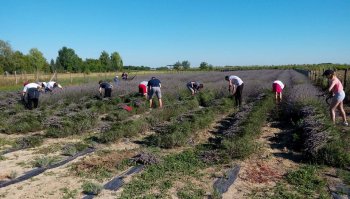Sustainable wild collection of bearberry (Arctostaphylos uva-ursi (L.) Spreng.) in the Pyrenees as a conservation practice
The aim of the experimental work was to study the aerial biomass production of Arctostaphylos uva-ursi present in the Pyrenees under different environmental conditions (altitude, slope and orientation, substrate, tree cover and population abundance) and to analyse the effects of the season in which it is collected (autumn or spring), the intensity (0%, 25%, 50% and 100% of the population) and the frequency of collection on the regeneration capacity of the species, in order to be able to propose some guidelines for a sustainable collection of bearberry in the Pyrenees.


